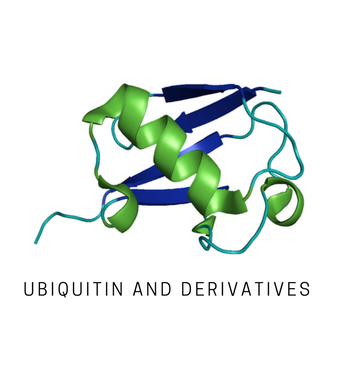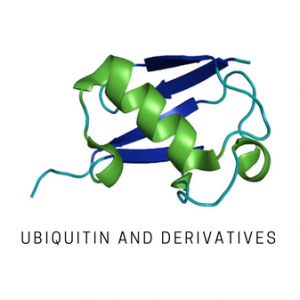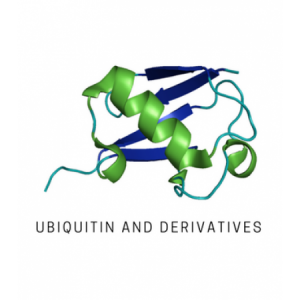Specifications
K6-linked ubiquitination is traditionally associated with mitophagy and also a main contributor to the DNA damage response. These chain types are also involved in protein stabilization and other non-degradative processes. Phospho-ubiquitin chains represent a specialized class of polyubiquitin characterized by phosphorylation at Serine 65 and play a central role in mitophagy signaling pathways. K6 Tetra-Ubiquitin (phosphorylated) is a tetrameric chain of wild-type ubiquitin, wherein ubiquitin monomers are enzymatically linked together via an isopeptide bond between Lysine 6 and the C-terminal Glycine. This linkage takes place onto other ubiquitin monomers and are then enzymatically linked from specific UPS enzymes. Once the K6 Tetra Ubiquitin has been formed we then enzymatically phosphorylated at the Ser65 position. Once phosphorylation is complete they are biotinylated once on one available site on the ubiquitin chain. This biotin then acts as a means of detection via streptavidin or vidin. The applications are numerous from Western Blots to ELISAs. Testing can vary based off of intended application (EX: DUB activity/specificity).
Info
| Species | Human |
| Source | E. coli |
| Tag | Biotin |
| Molecular Weight | 34842-35082 Da (depending on degree of phosphorylation) |
| Quantity | Variable |
| Concentration | Variable |
| Formulation | 20 mM Tris pH 7.5, 150 mM NaCl |
| Storage | -80°C, avoid freeze/thaw cycles |




Reviews
There are no reviews yet.